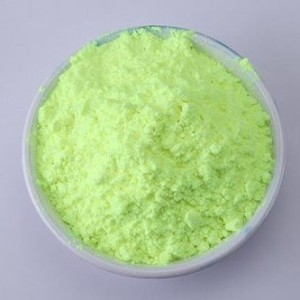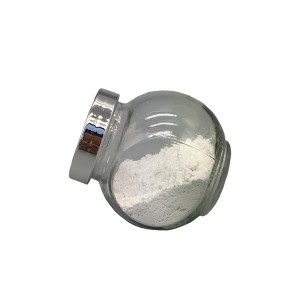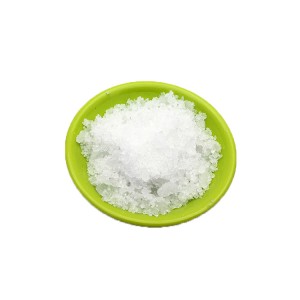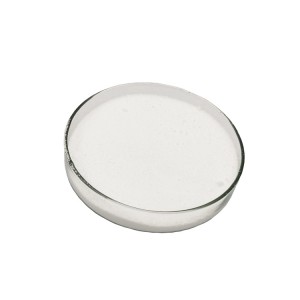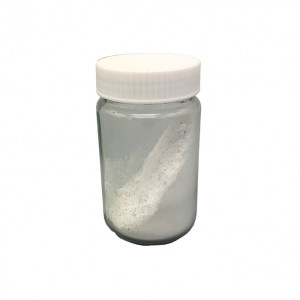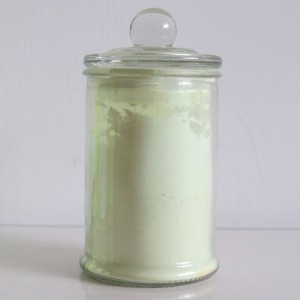Optical brightener BA Fluorescent Brightener 113 CAS 12768-92-2
Optical brightener BA is a strong player in this field and has a wide range of applications in various industries.
| Product Name | optical brightener BA |
| Chemical Name | Fluorescent Brightener 113 |
| CAS No. | 12768-92-2 |
| Molecular Formula | C40H42N12O10S2.2Na |
| Molecular Weight | 960.958 |
| Appearance | Slight yellow powder |
| Assay | 99% min |
| Maximum UV Spectrum Absorption | 348nm |
From textiles to plastics, detergents to paper, this versatile compound contributes significantly to the visual appeal of countless products. In this article, we will explore the various applications and benefits of optical brightener BA.
Textile industry: Optical brightener BA is widely used in the textile industry to improve the whiteness and brightness of fibers, fabrics and clothing. It absorbs ultraviolet (UV) light and converts it into visible light, creating the optical illusion of a brighter, more vibrant white. Not only does this make the textile more visually appealing, but it also provides manufacturers with a competitive advantage, allowing them to produce high-quality, bright white products.
Plastic industry: Plastics tend to lose their original color and brightness over time when exposed to sunlight or artificial lighting. Adding optical brightener BA to plastics restores their whiteness and counteracts color degradation caused by environmental factors. This application is particularly important in the manufacture of plastic products such as packaging materials, films and consumer goods, where maintaining the appearance of the product is critical.
Detergents and soaps: In detergent and soap formulations, optical brightener BA is a key ingredient to enhance the visual effect of laundry products. By absorbing invisible UV rays and re-emitting it as visible blue light, it makes clothes appear whiter and brighter, even after multiple washes. In addition, optical brightener BA helps eliminate yellowing or gray casts on fabrics, giving them a fresh, attractive appearance.
Paper and printing industry: Fluorescent whitening agent BA is widely used in the papermaking and printing industries. The brightness and whiteness of paper are the characteristics valued by these industries. Added during the papermaking process, it can enhance the reflective properties of paper fibers, thereby increasing the overall brightness and making printed matter and images more vivid. This application is particularly important for the production of high-quality papers used in magazines, books, brochures and packaging.
Advantages of optical brightener BA: Enhance brightness and whiteness: Fluorescent whitening agent BA effectively improves the visual appeal of the product by increasing the whiteness and brightness of the product, creating a positive first impression for consumers. Long-lasting results: The stability and durability of Optical Brightener BA allow for long-term visual enhancement, ensuring that the product retains the desired appearance even after long-term use. Wide range of applications: Fluorescent brightener BA can be integrated into various manufacturing processes, making it highly adaptable to different industries and production methods.
Cost-effective solution: By improving the perceived quality of the product, Optical Brightener BA provides a cost-effective solution for manufacturers seeking a competitive advantage in their respective markets.
In conclusion: In today's competitive market, appearance matters. Optical brightener BA has proven to be a valuable tool for enhancing the visual appeal of a variety of products. Its widespread use in industries such as textiles, plastics, detergents and paper making makes it a popular compound. By effectively brightening and whitening materials, Optical Brightener BA adds value, increases customer satisfaction and ensures products stand out.
How should I take optical brightener BA?
Contact: erica@zhuoerchem.com
Payment terms
T/T(telex transfer), Western Union, MoneyGram, BTC(bitcoin), etc.
Lead time
≤25kg: within three working days after payment received.
>25kg: one week
Sample
Available
Package
1kg per bag, 25kg per drum, or as you required.
Storage
Store the container tightly closed in a dry, cool and well-ventilated place. Store apart from foodstuff containers or incompatible materials.
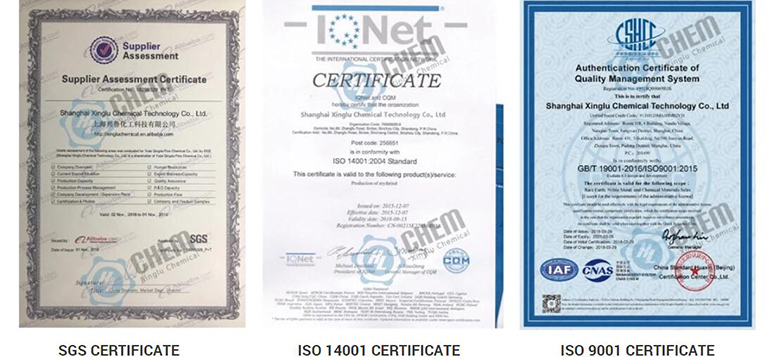
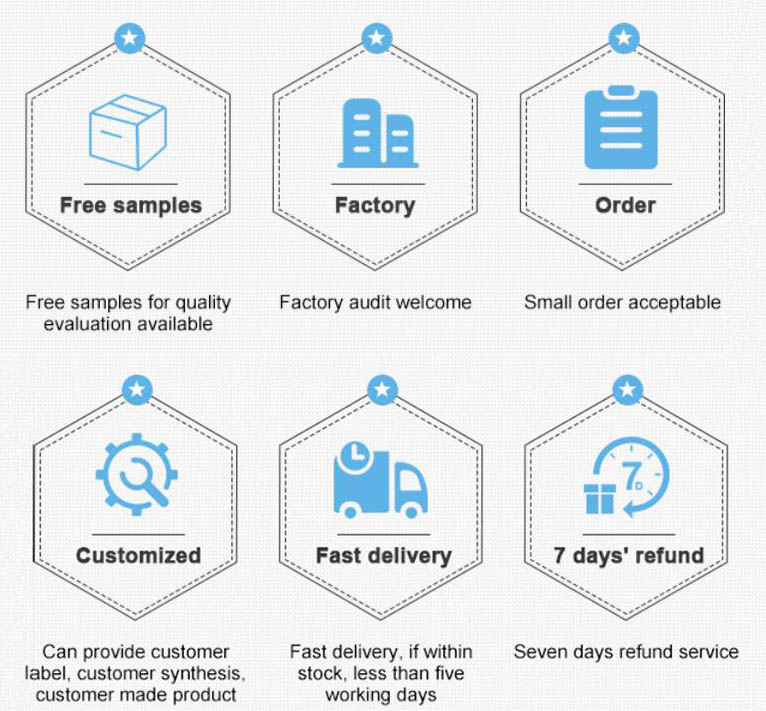
Product recommendation
- English
- French
- German
- Portuguese
- Spanish
- Russian
- Japanese
- Korean
- Arabic
- Irish
- Greek
- Turkish
- Italian
- Danish
- Romanian
- Indonesian
- Czech
- Afrikaans
- Swedish
- Polish
- Basque
- Catalan
- Esperanto
- Hindi
- Lao
- Albanian
- Amharic
- Armenian
- Azerbaijani
- Belarusian
- Bengali
- Bosnian
- Bulgarian
- Cebuano
- Chichewa
- Corsican
- Croatian
- Dutch
- Estonian
- Filipino
- Finnish
- Frisian
- Galician
- Georgian
- Gujarati
- Haitian
- Hausa
- Hawaiian
- Hebrew
- Hmong
- Hungarian
- Icelandic
- Igbo
- Javanese
- Kannada
- Kazakh
- Khmer
- Kurdish
- Kyrgyz
- Latin
- Latvian
- Lithuanian
- Luxembou..
- Macedonian
- Malagasy
- Malay
- Malayalam
- Maltese
- Maori
- Marathi
- Mongolian
- Burmese
- Nepali
- Norwegian
- Pashto
- Persian
- Punjabi
- Serbian
- Sesotho
- Sinhala
- Slovak
- Slovenian
- Somali
- Samoan
- Scots Gaelic
- Shona
- Sindhi
- Sundanese
- Swahili
- Tajik
- Tamil
- Telugu
- Thai
- Ukrainian
- Urdu
- Uzbek
- Vietnamese
- Welsh
- Xhosa
- Yiddish
- Yoruba
- Zulu
- Kinyarwanda
- Tatar
- Oriya
- Turkmen
- Uyghur


